Default network
Recent articles
Name this network: Addressing huge inconsistencies across studies
Entrenched practices have stymied efforts to build a universal taxonomy of functional brain networks. But a new tool to standardize brain-imaging findings could bring us a step closer.
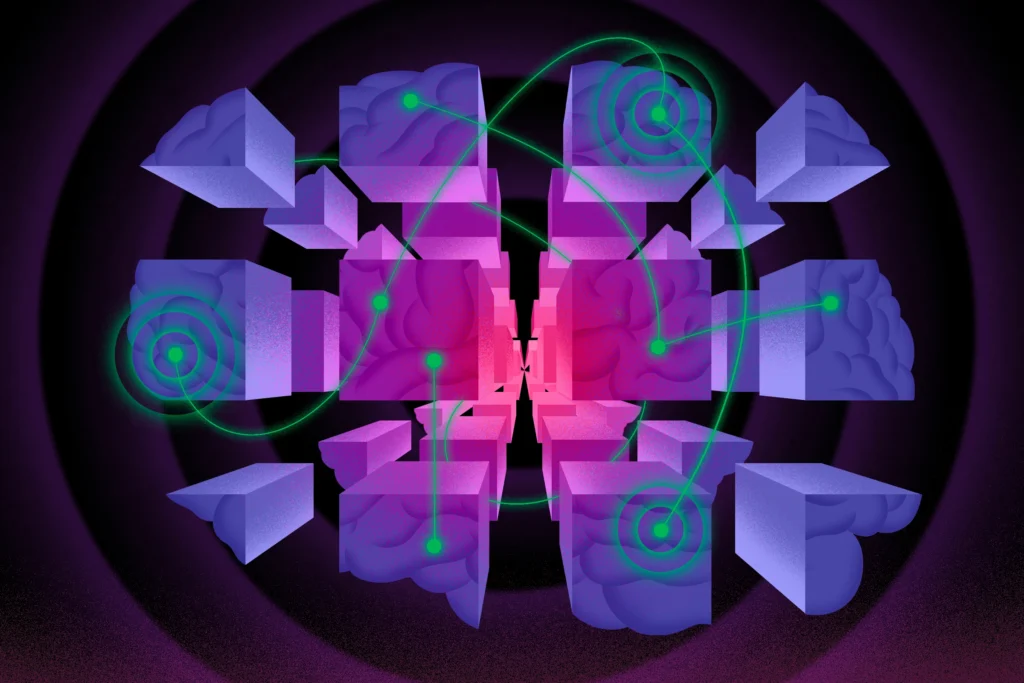
Name this network: Addressing huge inconsistencies across studies
Entrenched practices have stymied efforts to build a universal taxonomy of functional brain networks. But a new tool to standardize brain-imaging findings could bring us a step closer.
People’s perceptions of ‘social’ animations don’t always square with researchers’ labels
The finding calls into question differences between autistic and non-autistic people on a decades-old theory-of-mind test involving interacting geometric shapes.
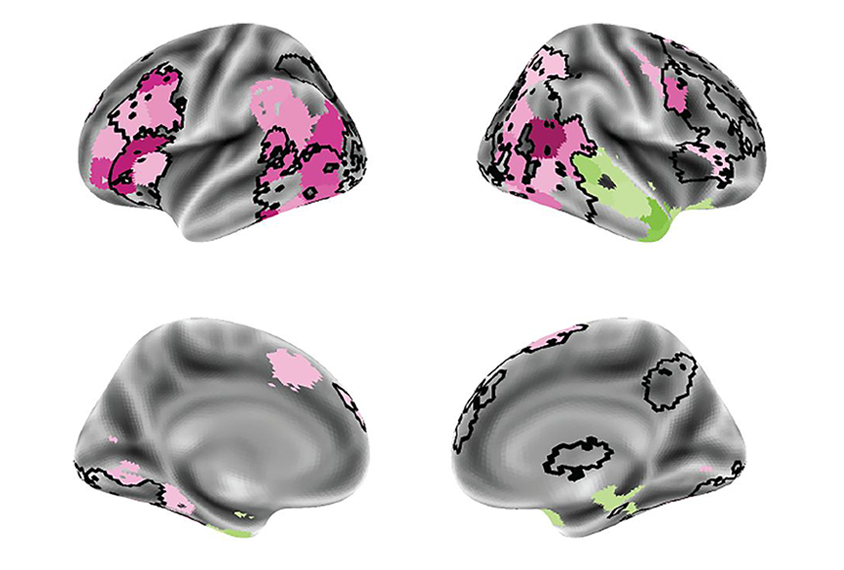
People’s perceptions of ‘social’ animations don’t always square with researchers’ labels
The finding calls into question differences between autistic and non-autistic people on a decades-old theory-of-mind test involving interacting geometric shapes.
Brain networks diverge in autism by toddlerhood
By as early as age 2, autistic children appear to have a smaller salience network and a larger default mode network, among other differences, than children without the condition.
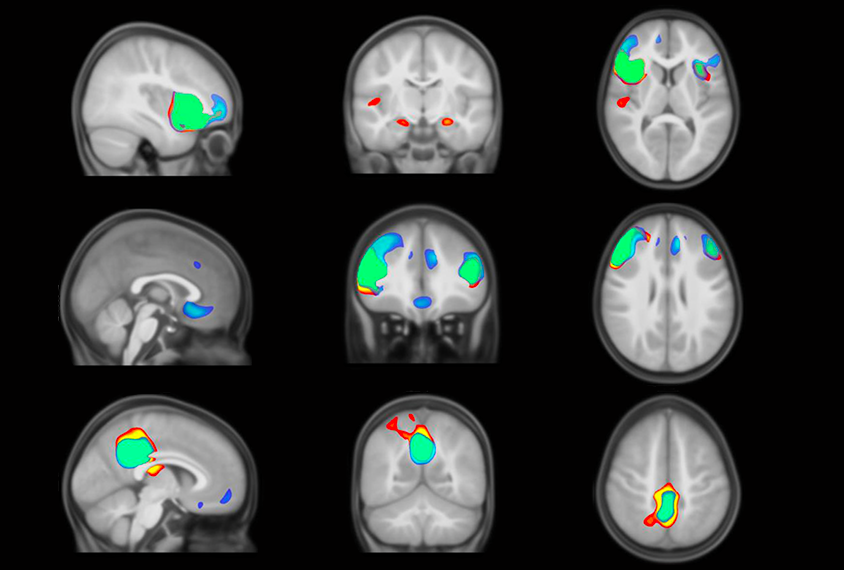
Brain networks diverge in autism by toddlerhood
By as early as age 2, autistic children appear to have a smaller salience network and a larger default mode network, among other differences, than children without the condition.
Imaging study casts doubt on cerebellum’s role in autism during infancy
Connections between the cerebellum and brain networks do not seem to contribute substantially to the emergence of autism traits.
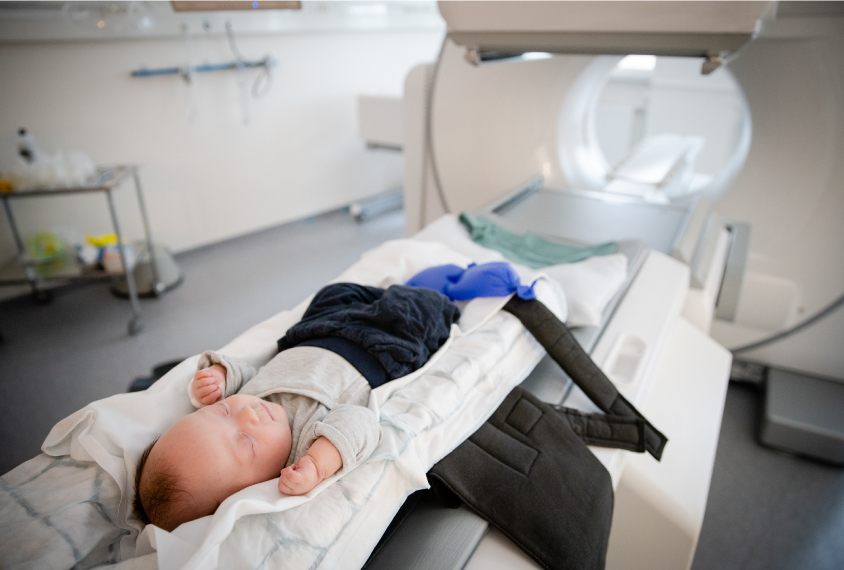
Imaging study casts doubt on cerebellum’s role in autism during infancy
Connections between the cerebellum and brain networks do not seem to contribute substantially to the emergence of autism traits.
Brain signal imbalance tracks with sex and with camouflaging autism traits
Autistic men show a greater imbalance between excitatory and inhibitory signaling in the brain than autistic women do, which could explain sex differences in ‘camouflaging.’
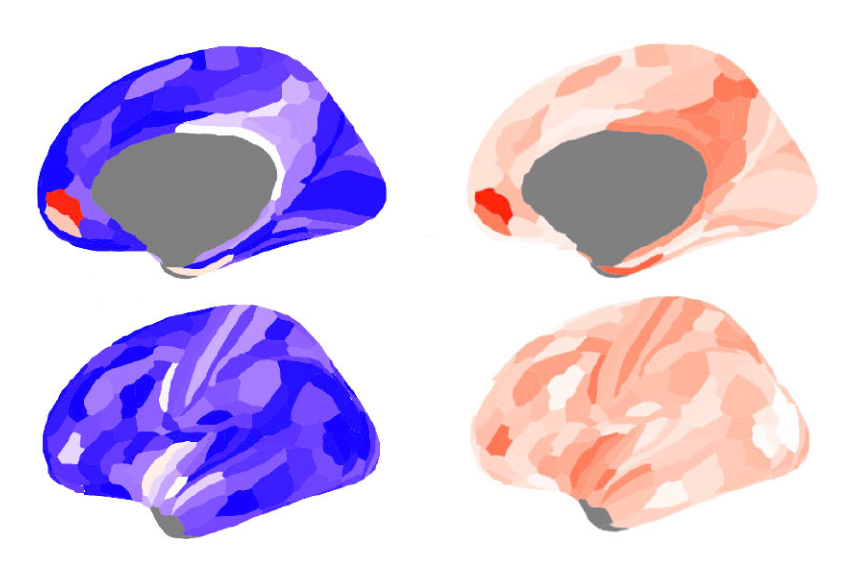
Brain signal imbalance tracks with sex and with camouflaging autism traits
Autistic men show a greater imbalance between excitatory and inhibitory signaling in the brain than autistic women do, which could explain sex differences in ‘camouflaging.’
Rethinking ‘noise’ in autism research
Lucina Uddin says researchers should be cautious when analyzing their findings, because 'noisy' data may actually hold important information about brain functioning.
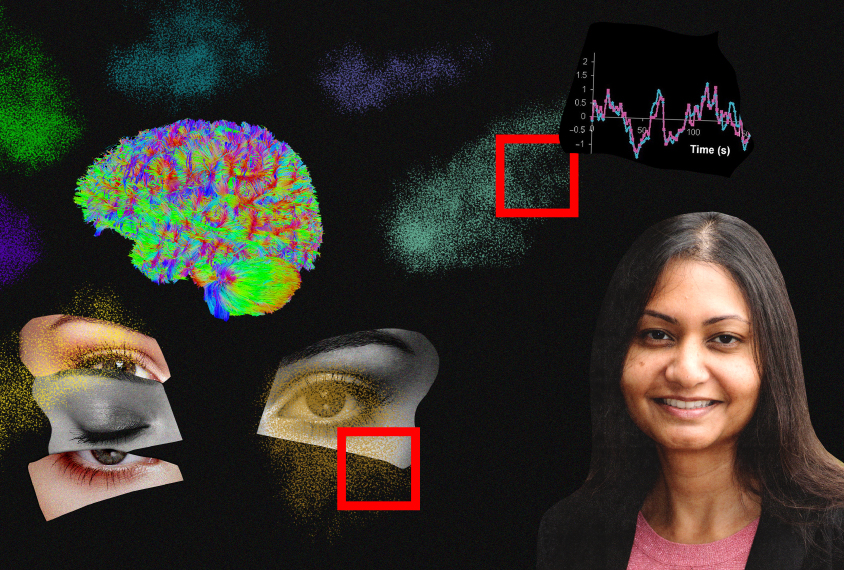
Rethinking ‘noise’ in autism research
Lucina Uddin says researchers should be cautious when analyzing their findings, because 'noisy' data may actually hold important information about brain functioning.
Brain responses to social stimuli may vary by sex in autism
Autistic girls’ brains respond more strongly to social stimuli than do autistic boys’.

Brain responses to social stimuli may vary by sex in autism
Autistic girls’ brains respond more strongly to social stimuli than do autistic boys’.
Brains of autistic people show unusual left-right symmetry
The hemispheres in autistic people’s brains are more symmetrical than those of their typical peers, but it is unclear what this difference means.
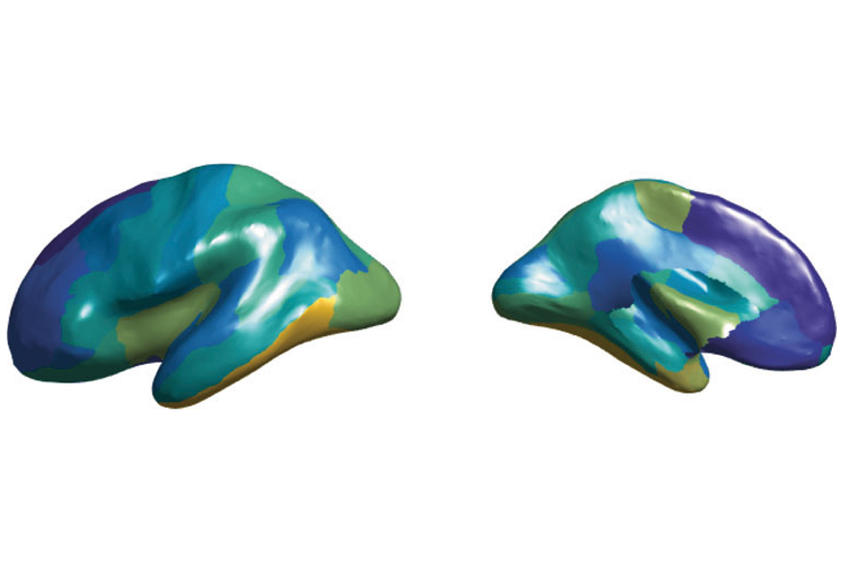
Brains of autistic people show unusual left-right symmetry
The hemispheres in autistic people’s brains are more symmetrical than those of their typical peers, but it is unclear what this difference means.
The connectivity theory of autism, explained
A growing body of evidence suggests that autism involves atypical communication between brain regions, but how and where in the brain this plays out is unclear.
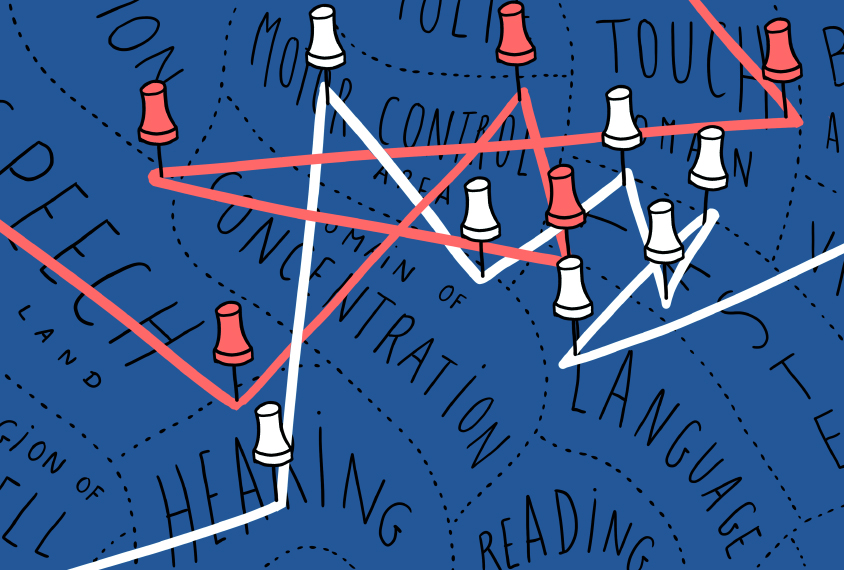
The connectivity theory of autism, explained
A growing body of evidence suggests that autism involves atypical communication between brain regions, but how and where in the brain this plays out is unclear.
Large set of brain scans reveals no telltale signs of autism
The brains of autistic children show few differences from those of children with attention deficit hyperactivity disorder, or even of controls.
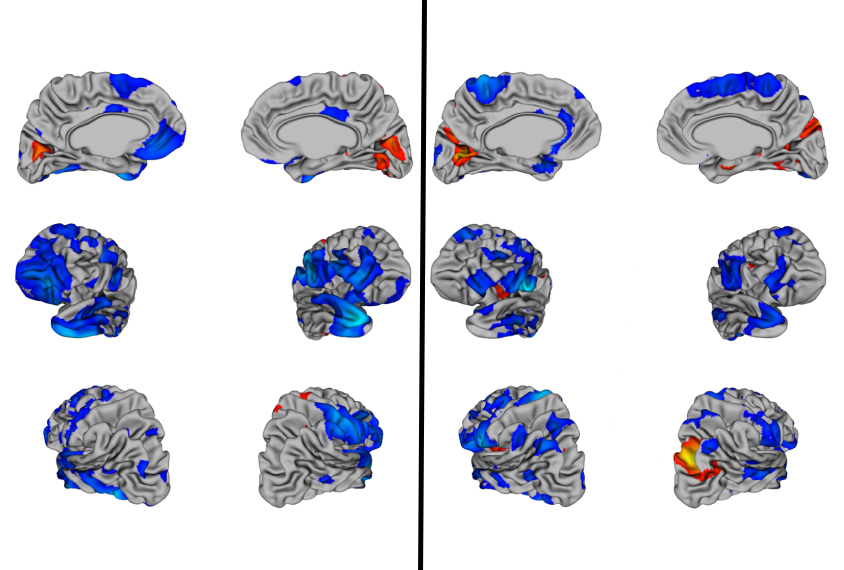
Large set of brain scans reveals no telltale signs of autism
The brains of autistic children show few differences from those of children with attention deficit hyperactivity disorder, or even of controls.
Explore more from The Transmitter
Some facial expressions are less reflexive than previously thought
A countenance such as a grimace activates many of the same cortical pathways as voluntary facial movements.

Some facial expressions are less reflexive than previously thought
A countenance such as a grimace activates many of the same cortical pathways as voluntary facial movements.
Cracking the neural code for emotional states
Rather than act as a simple switchboard for innate behaviors, the hypothalamus encodes an animal's internal state, which influences behavior.

Cracking the neural code for emotional states
Rather than act as a simple switchboard for innate behaviors, the hypothalamus encodes an animal's internal state, which influences behavior.
Alex Maier argues that a scientific explanation of consciousness requires grounding in formalized mathematics
When it comes to discovering laws of nature for consciousness similar to those in physics, Maier argues that integrated information theory is the only game in town.
Alex Maier argues that a scientific explanation of consciousness requires grounding in formalized mathematics
When it comes to discovering laws of nature for consciousness similar to those in physics, Maier argues that integrated information theory is the only game in town.